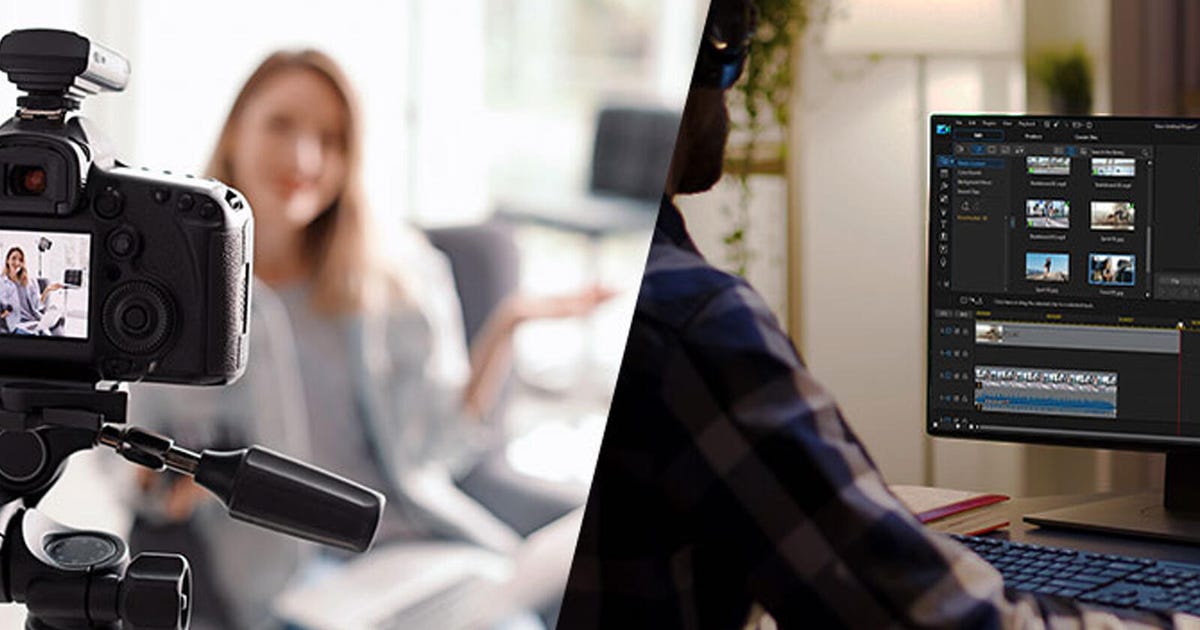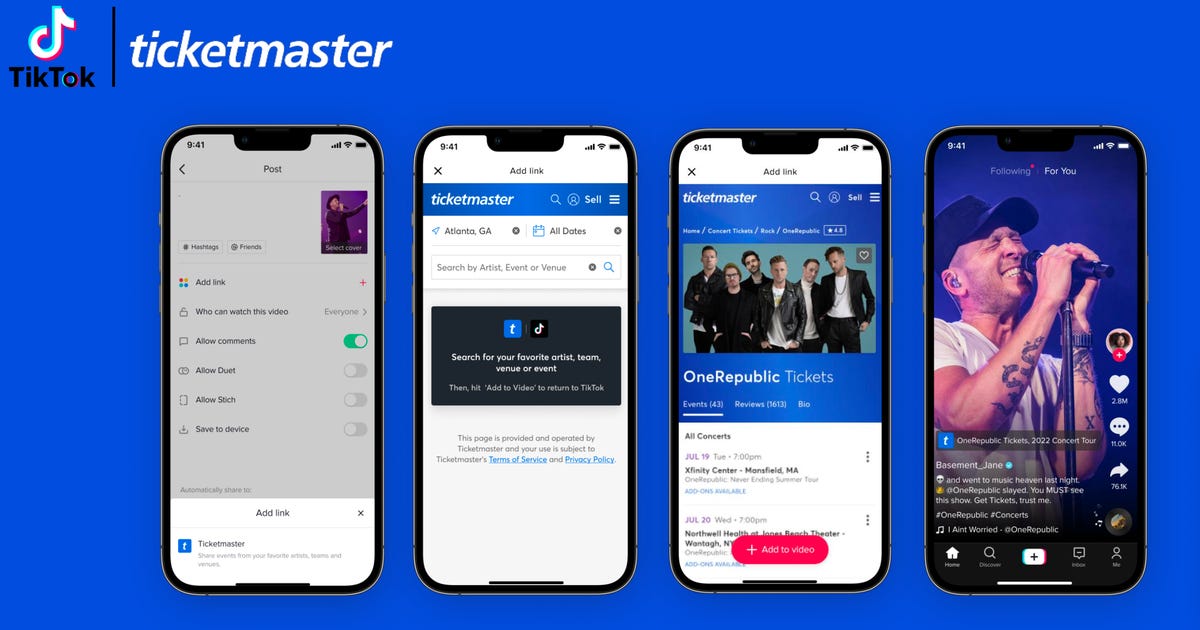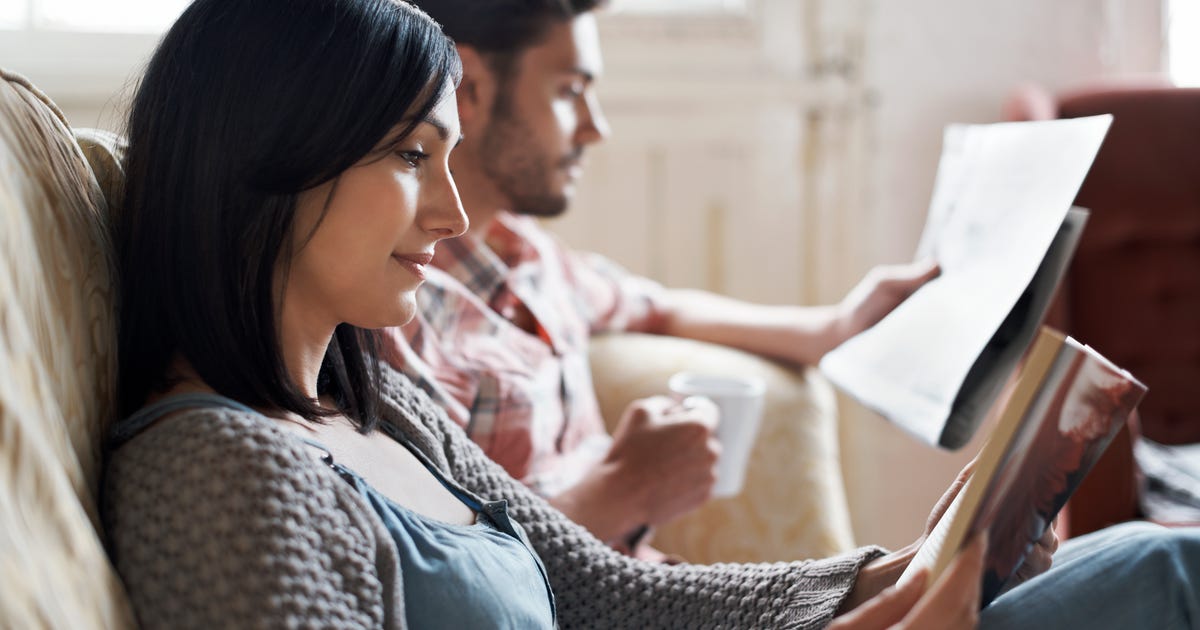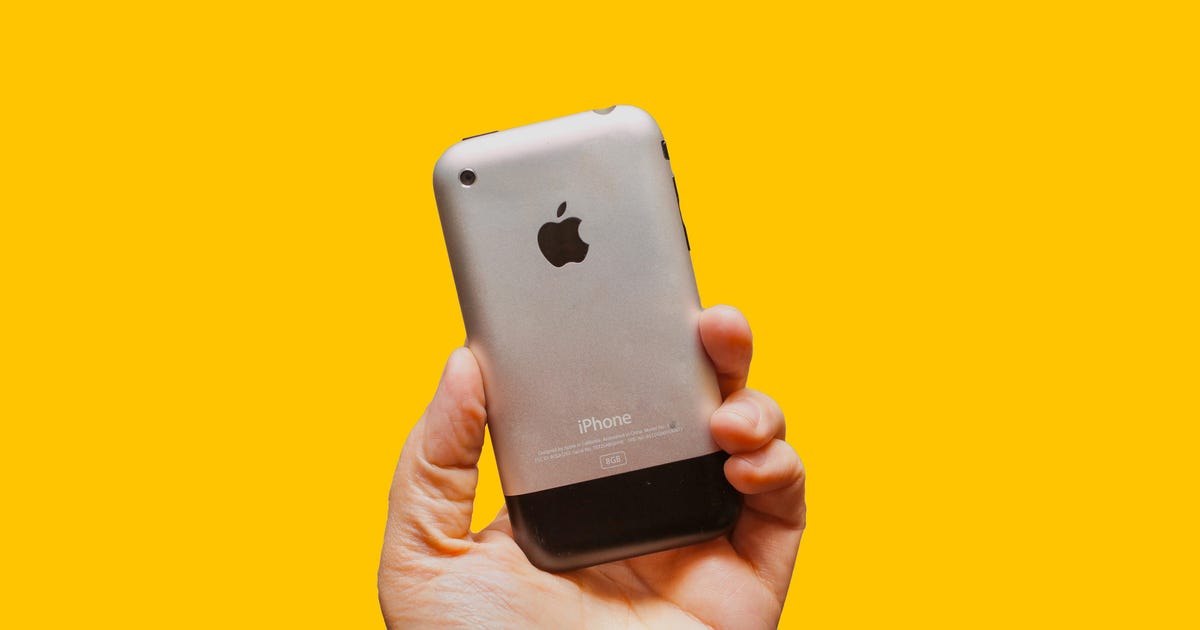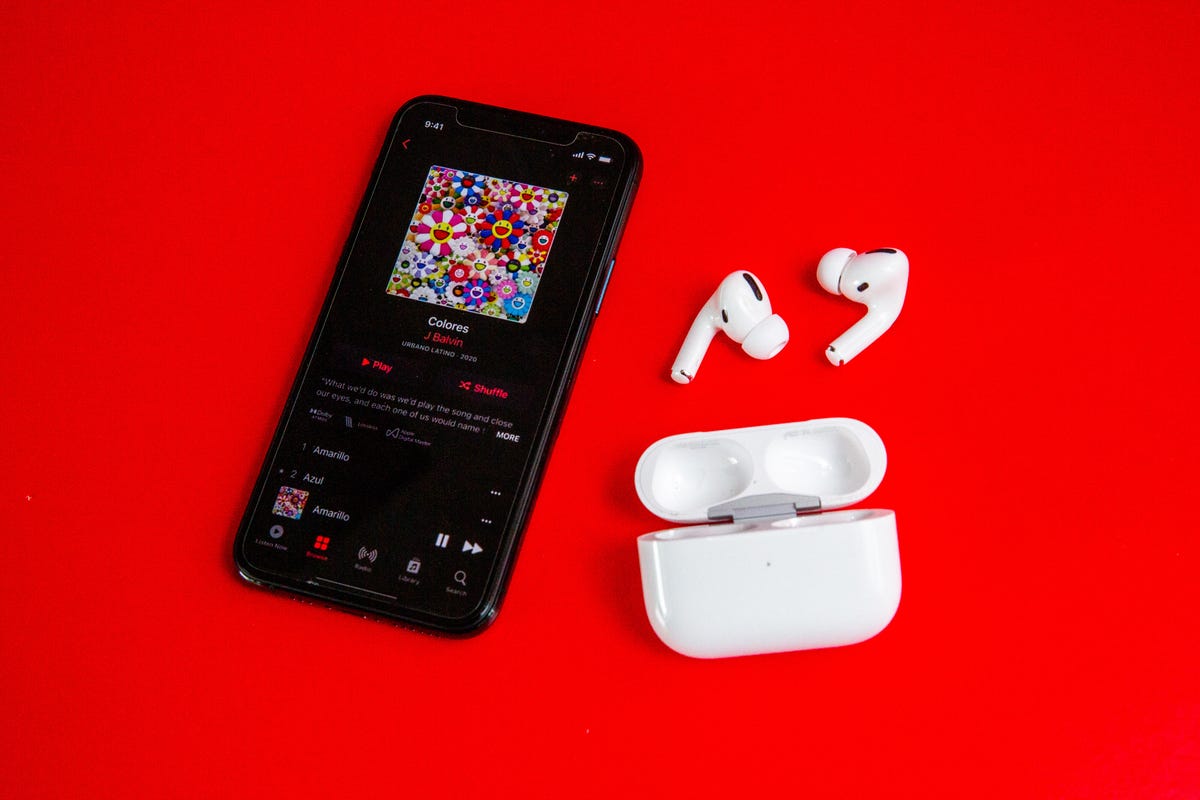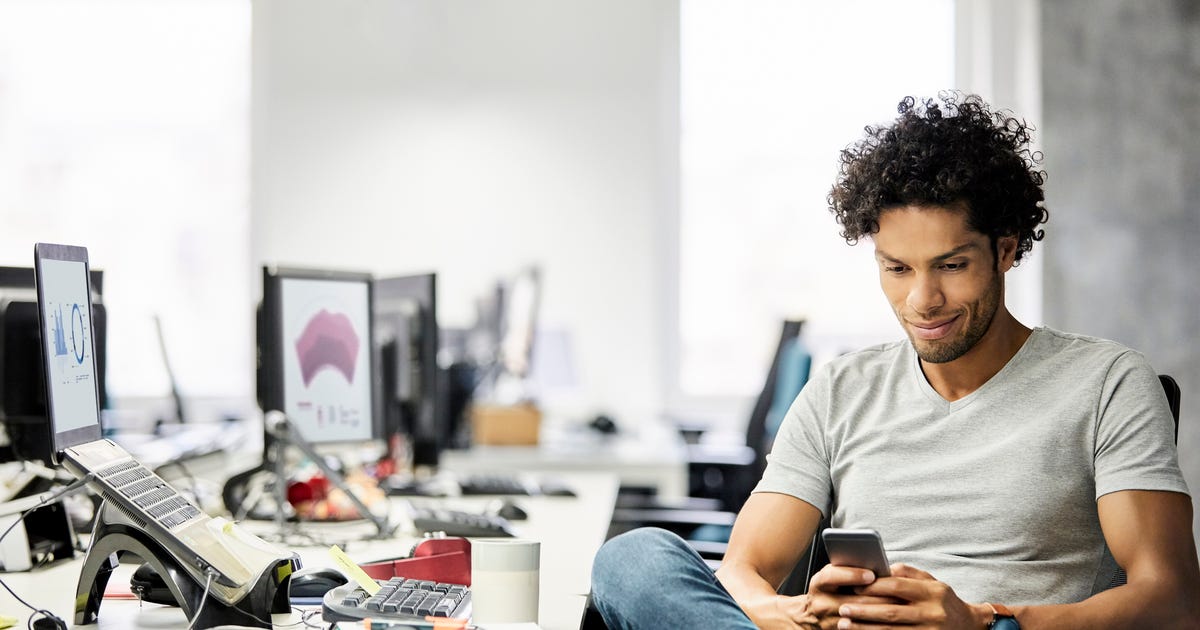If you've spent any time on TikTok lately, chances are you've scrolled past a livestream of a single person, head down, silently working. They may have a sign indicating their schedule and goals, but for the most part there's no fanfare. There are no attention-grabbing alerts or noises.
It's dead quiet, save for the scratching of pens or clacking of keys. Most people will keep on scrolling, because it doesn't scratch their neurological itch for content. But for some people, this silent space is a deeply necessary tool that helps them get through their workday.
It's all thanks to the phenomenon of body doubling, and it's part of a productivity wave that's beginning to wash over online spaces.
What is body doubling?
Body doubling is the practice of actively and intentionally completing tasks in the presence of someone else, and it makes a tangible difference for those who struggle to retain focus. The double doesn't have to be doing the same task as you, they just need to be present (whether in person or via a livestream screen) and focusing on a project for the same amount of time.
Body doubling has also long since had a reputation as a recommended self-help strategy for neurodivergent people, especially those with attention deficit hyperactivity disorder.
When everyone worked in an office, there was a degree of accountability present in just having your colleagues beside you. It's much harder to get away with scrolling on your phone for 10 minutes if your deskmate can practically see over your shoulder.
But with remote work now more common, people are stuck operating solo, without company to keep them on task.
For Emily Kula, a content creator who was recently diagnosed with ADHD, the practice of body doubling has made a world of difference.
"It helps me stay grounded and focused," said Kula. "If left to my own devices I'd keep finding other distractions or remembering other tasks I need to complete … but for some reason just having someone else there helps keep me on track, like a physical human sticky note."
"Regardless of if we are working towards the same goal or not, it's nice having someone present to hold me accountable, even just by being within proximity of me."
While having someone nearby doesn't sound like it would make much difference, for some it has a substantial impact on productivity and functionality.
The reasoning is twofold. First, there's a degree of accountability to the other person's time. They're working with you, and just like when you've booked an appointment, you feel a responsibility to make sure you're not wasting this person's time.
Second, it gives you a model, a living reminder of what you're meant to be doing. If you're body doubling to get study done, seeing another person also study will serve as a reminder. Mirroring their actions keeps you on task.
@dr.kojosarfo A unique way to potentially increase your productivity for individuals w/ ADHD! 💪 #adhd#adhdtips#adhdinwomen#bodydouble♬ Honobono suspicious comedy comical fagott - poco poco music
The jury is still out on the cognitive reasoning behind why it works so well -- some say it's behavioral modeling, others say it's all down to good collaborative vibes. Others even suggest mirror neurons could be responsible. Social learning theory suggests that observation and imitation are some of the most powerful learning tools at our disposal.
But regardless of the neurological trigger, what's shown online is that for many people, it just works. And it's also not limited to work or study. The same can also be said for cleaning, self care and even just general day-to-day life.
"Part of the power is in seeing other people doing all sorts of various tasks and allowing it to be normalized -- that the everyday ins and outs are not glamorous," said Anna Pugh, co-founder of body doubling and monotasking website Spacetime Monotasking. "We have this storytelling that we're trudging through, doing all of these things that nobody else has to do, but [body doubling] helps to dissolve this illusion of separateness."
Pugh's co-founder Marisa Mayes echoed the sentiment, saying, "We have people who use it to clean, to make lunch for themselves and take a shower. … It's amazing to see what people are using it for and what they need help with."
Spacetime and its origins
Pugh started Spacetime Monotasking in early 2021, after a series of videos she'd made on monotasking and productivity suddenly surged in popularity.
Monotasking, which refers to the practice of staying present on one task or project for a specific period of time, is often found hand-in-hand with body doubling as both participants disregard outside distraction for the designated time period.
"When I started talking about it, the conversation that was happening in my comment section was a lot of people saying, 'Oh, this is body doubling,' she said. "I wasn't familiar with that term specifically, but then when I looked into it I thought, I've been doing this my whole life in order to get by … And so I started doing some live body doubling sessions.".
@annasinwonderland Tuesday with @Spacetime Monotasking! #monotask#monotasking#mindful#mindfulness#adhd#adhdtiktok#bodydouble#gentleproductivity#mindfulnesspractice#entrepreneur#entrepreneurship♬ Right Down the Line - Gerry Rafferty
From there, Mayes joined the team, and the livestreamed sessions turned into a fully fledged website, which seeks to provide a space for people to work alongside each other, taking one or two hours out of each day to participate in a community-driven flow or focus session.
The concept is simple: Over Zoom, users can provide body doubles for each other without the awkwardness of asking friends or colleagues to help, and without the distraction of wanting to chat about miscellaneous things.
Pugh detailed the process, explaining, "We usually open it up about five minutes before the beginning of the hour, and then we start the session about five minutes into the hour. So there's about a 10-minute window where you can join, you can connect with people, you can share your intentions for the hour, and the goal is to get clarity around where you're headed. … And then we go on mute."
With forced mute, nobody can be distracted by the clanging of a dropped item, or the barking of a disgruntled dog. They are simply there to be present with their fellow body doublers, working toward separate goals but with a common focus.
"The accountability of the group is enough for a lot of people," Pugh said.
"We hear this feedback often: People will think, 'There's 10 minutes left in the session, I could just bounce right now, but this task I'm working on just needs a little bit more,' and as you go to click the leave button you see everybody else is still working and you're like, 'I can stick it out for 10 more minutes.'"
It's not a walk in the park
Committing to body doubling isn't as easy as you might think. The same room part is doable, but staying on task, without chatter, without questions, without distraction? It doesn't come naturally to everyone.
"We get people who try it out who'd never come back, because maybe it's not for them or it's also really hard to do – that's the thing that a lot of people don't understand, is that it's hard work to show up and to stay with something," said Pugh.
This is even more prevalent in people experiencing brain fog after contracting COVID-19. In these cases, researchers believe brain fog can be attributed to inflammation in the brain, which leads to lessened concentration, inability to focus and weakened memory function.
For people who had difficulty regulating their time prior to contracting the virus, it adds a whole new barrier to functionality. Those who haven't experienced it before have to adapt to entirely new methods of work.
"I think it's a big mindset shift because we're so used to bouncing from thing to thing and feeling busy," said Pugh. "But not actually feeling productive and not making true progress on things."
Standard productivity vs. gentle productivity
With hustle culture and a push to always be grinding, standard productivity models tend to skew to the perspective that if you're not succeeding, you need to try harder. Rigorous time management schemes and productivity hacks dominate social media sites like Pinterest, with the underpinning "motivational" message often making readers feel guilty for not pushing harder.
Some lucky people may derive all the motivation they need from hustle culture without it affecting their health. For others, however, it can very quickly lead to burnout, exhaustion and toxicity.
Erin Griffith of The New York Times spoke of toxic hustle culture leading to the idea of "toil glamour," where it's not enough to push yourself to the limits, but you also have to outwardly profess to love doing so. And it's not sustainable for most people.
"On TikTok specifically, it's hard to get people's attention with, 'Hey, let's be nicer to ourselves about productivity, and be gentle, and not be assholes to ourselves as we're talking about how much we're getting done every day'," said Mayes.
It's all part of the growing gentle productivity movement. Characterized by an examination of goals, intentions and capacity, the movement seeks to release some of the pressures we've placed on ourselves as a result of hustle culture.
Body doubling and monotasking are only the tip of the iceberg when it comes to gentle productivity methods on TikTok. In rebellion to the toxicity of hustle culture, the wider gentle productivity movement has found a welcoming home on the platform, with 1.4 million views under the #gentleproductivity hashtag.
@annasinwonderland I'm trying to help myself move away from isolation, so my current bar is to leave the house at least once a day 😌 #gentleproductivity#selfcompassion#selfacceptance#creativeprocess#mindfulness#slowdown#productivity#healingtiktok#healing @annasinwonderland ♬ original sound - shekinah
It's not about allowing things to fall by the wayside in the interest of self-reward -- it's about consideration of what you need in order to get tasks done without causing distress or lack of functionality. Setting reasonable and flexible goals and expectations of yourself is paramount, which runs counter to the 'aim high' hustle mentality.
Instead of routinely setting the bar out of reach, gentle productivity suggests relying on goals and strategies that are less hustle-focused, and trusting ourselves to get the job done regardless.
"We're going the other direction and saying it's actually those little moments of trusting yourself that really make a difference," Pugh said.
After two years of pandemic-related working changes and disruption, it's all the more important to develop an awareness of how your working environment and context may require tweaking in order to avoid burnout.
According to the World Health Organization, "Burnout is a syndrome conceptualized as resulting from chronic workplace stress that has not been successfully managed." This is further characterized by feelings of energy depletion and exhaustion, increased mental distance from work and reduced professional efficacy.
By focusing on gentle productivity tools like body doubling and monotasking, the goal is to address burnout with preventative measures as opposed to remedial action. Instead of taking a vacation when your burnout reaches its peak, advocates suggest reframing your working style to incorporate these gentle techniques.
"We have a few business owners who are offering it as a resource to their employees and covering the cost of their membership," said Pugh. "I think about this for myself: If I had access to something like this, it probably would have reduced a lot of the friction on my inability to follow through, on my inability to stay focused.
"I would have been a better employee if I had access to something like this."
Finding space and time
If it sounds a little counterintuitive to use a social media platform designed for 15-second sound bites to keep focused, that's understandable. But the value of body doubling sits comfortably in the extended livestreams, which have the capacity to break even the most hyperfocused doomscroll.
In livestreams and Zoom sessions around the world, people are reconnecting by sharing that same space, focusing together despite working apart. Not only is the community growing, but the gentle productivity ethos is gaining traction all over the internet.
So if you're finding it hard to focus on tasks or feel isolated after working remotely over the course of the pandemic, perhaps body doubling could be a good starting point.
It may not be as glamorous as the "work all day, hustle all night" culture, but practicing gentle productivity and body doubling is much kinder than forcing your mind and body into a lifestyle that doesn't work for you. In the end, that's all we can really ask for.
